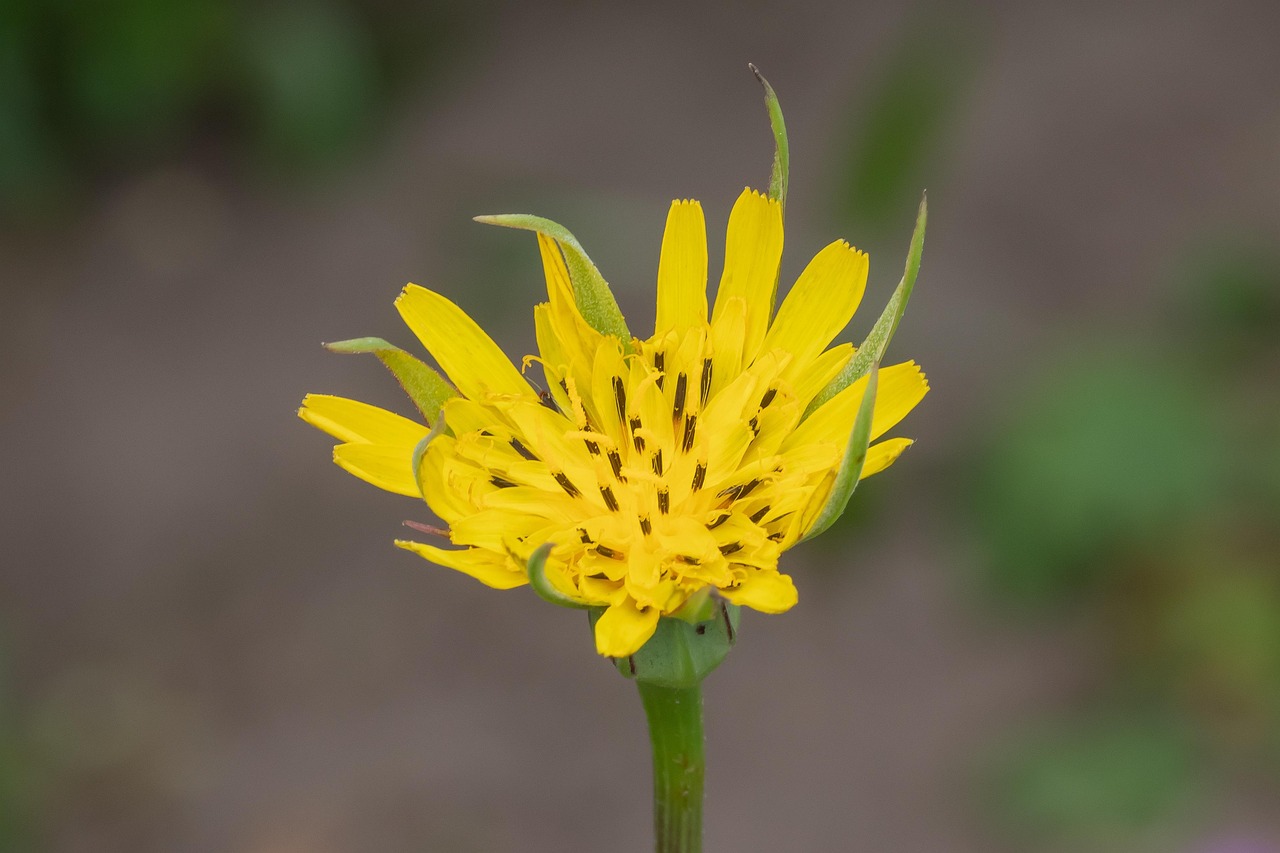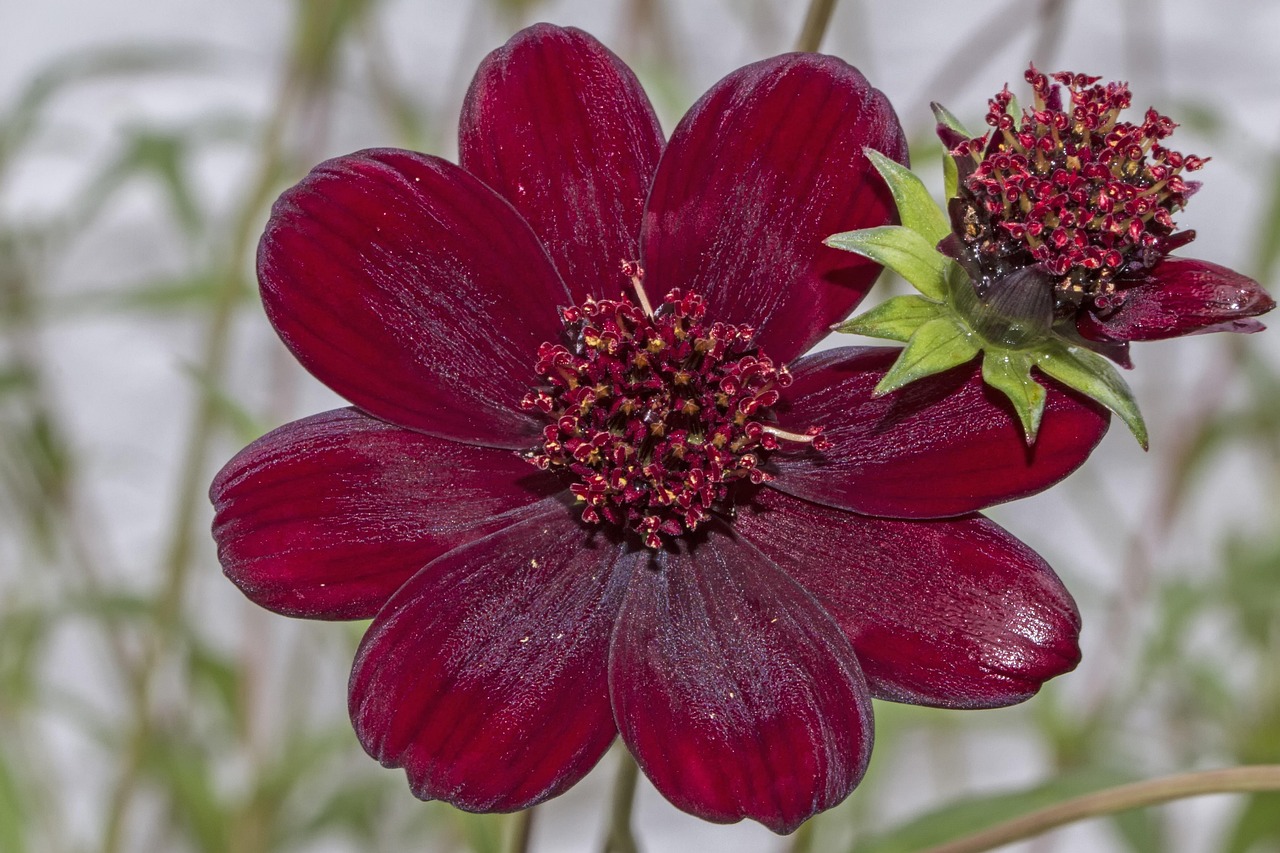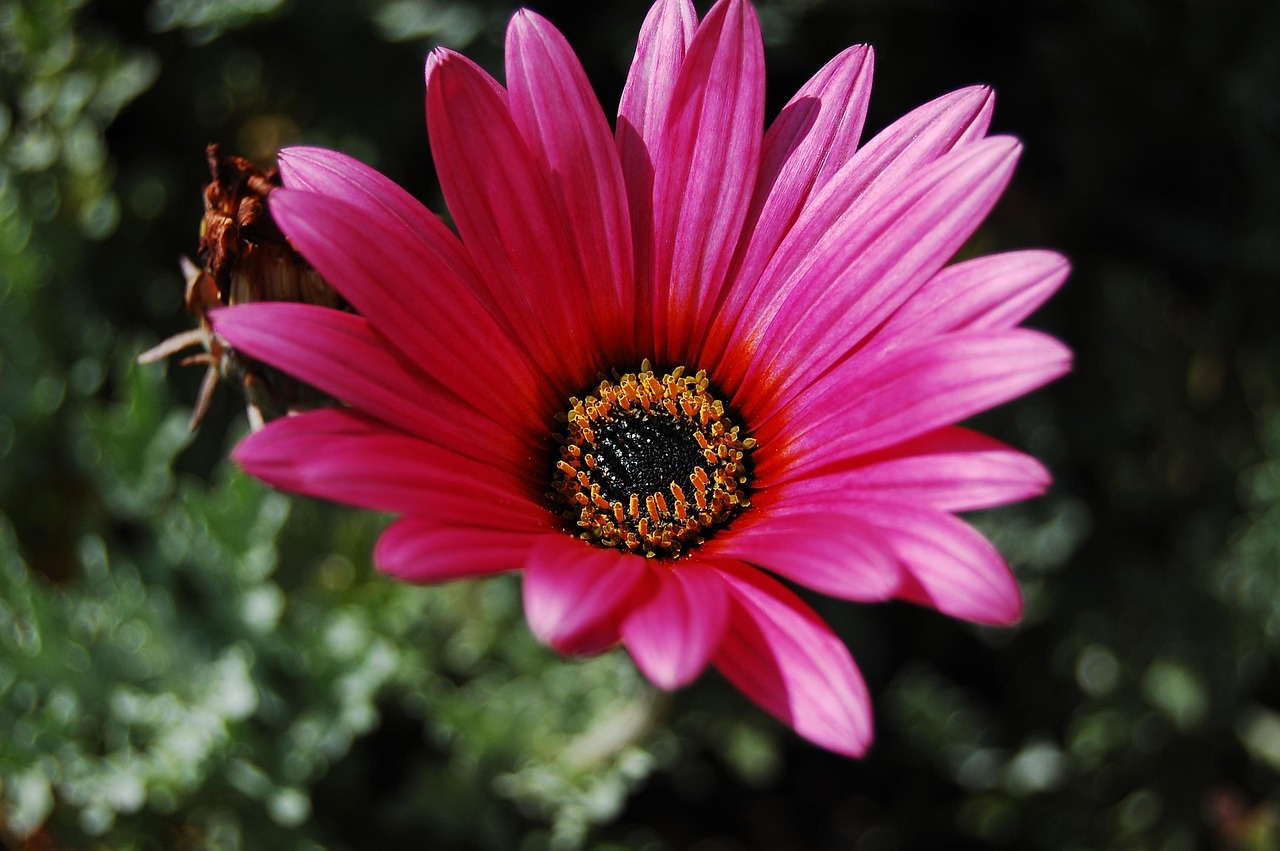Meadow Salsify | Features and Care

Meadow Salsify is a perennial herb in the Asteraceae family, known for its bright yellow flowers and delicate silhouette. Native to Europe, it is widely found in meadows and roadsides, long integrated into rural landscapes.
This article provides detailed information on its characteristics, cultural and historical background, and practical tips for cultivation.
Basic Information
- Scientific name: Tragopogon pratensis
- Family: Asteraceae
- Origin: Europe
- Appearance: Grows to a height of 30–70 cm, bearing bright yellow ligulate flowers 3–5 cm in diameter on slender upright stems. The flowers resemble dandelions and open in the morning, typically closing in the afternoon. The long, narrow leaves clasp the stem and have a bluish-green hue.
- Blooming Season: May to July
Cultural Significance Around the World
Meadow Salsify is closely linked to the naturalistic gardening movement. In the United Kingdom, where it is called “Meadow Salsify,” it was re-evaluated during the rise of the Wild Garden movement from the late 19th to early 20th century. This movement, championed by figures such as William Robinson, advocated for gardens that reflect natural plant communities rather than formal designs.
In Germany and Austria, it plays a symbolic role in wildflower conservation and is treated as an indicator species in efforts to protect native grasslands. The plant is also intentionally introduced in urban parks and green spaces, where its ecological and cultural value continues to be recognized.
Historical Background
The scientific name Tragopogon pratensis derives from the Greek words tragos (goat) and pogon (beard), referring to the long, fluffy pappus of its seeds that resemble a goat’s beard as they disperse on the wind.
The species appears frequently in botanical illustrations and herbals from the 16th and 17th centuries, showing its importance in early modern European taxonomy. Botanists and gardeners in England, France, and Germany documented the plant in detail, and it was cultivated in botanical gardens throughout Europe.
In the late 18th century, with the growing interest in nature observation among the general public, its seeds became a subject of collection. Its detailed structure was also frequently drawn in botanical art and used as a visual aid in teaching about the plant life cycle, particularly the opening and closing of flowers and the dispersal of seeds.
Gardening Advice
Meadow Salsify is well-suited to natural gardens and prairie-style plantings. It can help bring a wildflower atmosphere to cultivated spaces. The following tips will help you manage it effectively:
Sunlight
Prefers full sun. Growth and flowering may be reduced in shaded areas.
Watering
Water when the surface of the soil is dry. Although somewhat drought-tolerant, prolonged dryness should be avoided.
Soil
Choose well-drained soil with good aeration. Sandy soils or potting mixes with compost work well. Avoid waterlogging.
Fertilizer
Requires little fertilizer. If needed, apply a small amount of slow-release fertilizer at planting time.
Pruning and Management
After flowering, trim back the stems to maintain shape and prevent excessive self-seeding. The plant can self-sow, so regular maintenance may be needed if you wish to control its spread.
Overwintering
Cold-hardy and can overwinter in open ground. Even after frost, the underground parts will regrow in spring. For potted plants, store in a frost-free place during winter.
Conclusion
Meadow Salsify is a European perennial in the Asteraceae family, producing bright yellow blooms in early summer that blend naturally into rural landscapes. Its name, derived from ancient Greek, refers to the goat-beard-like structure of its seed pappus, and the plant appears in numerous botanical records from the 16th century onward.
Its re-evaluation within the context of naturalistic gardening and native species conservation reflects its cultural and ecological importance. When introduced into gardens, Meadow Salsify is well-suited for designs that value natural balance and regional character.




